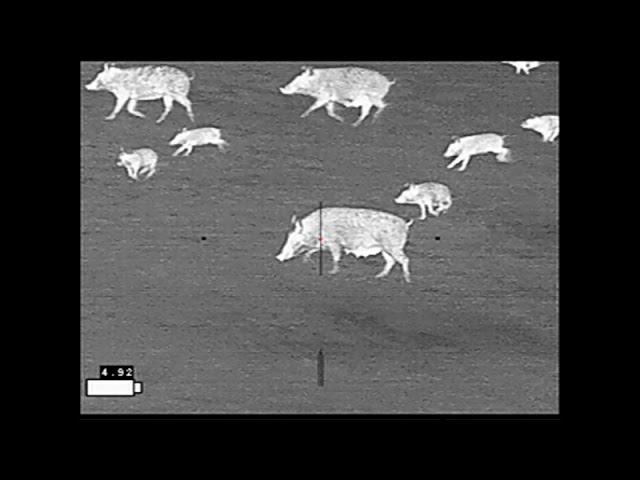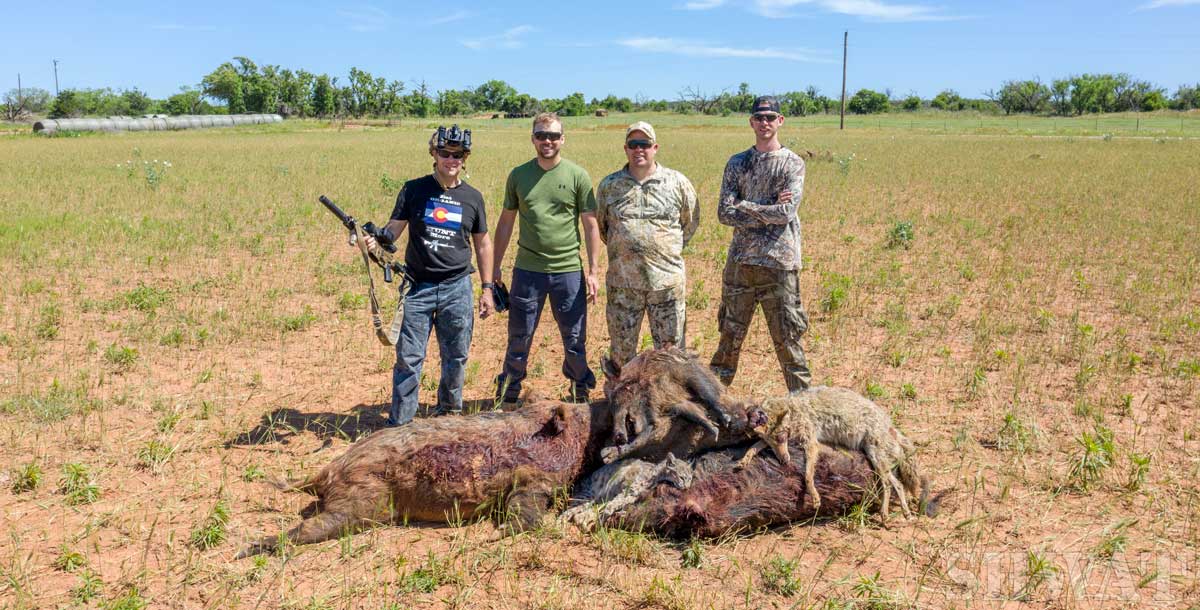Find Out How Far The Electronic Hog Caller Has An Impact
The effective range of an electronic hog caller refers to the distance at which the device’s emitted hog calls can be heard and potentially attract hogs. The range is a critical factor in determining the device’s usability and effectiveness during hunting. In this detailed explanation, we will explore the factors that influence the effective range of electronic hog callers, the typical ranges of different models, and considerations for hunters when selecting the appropriate device for their hunting needs.

Factors Influencing Effective Range
Several factors can impact the effective range of an electronic hog caller:
- Speaker Quality: The quality and power of the speaker significantly influence the range of the hog caller. High-quality speakers with greater output power can project hog calls over longer distances, making them more effective in attracting hogs from far away.
- Terrain and Vegetation: The physical environment, such as hills, forests, or open fields, affects how far sound travels. Sound can bounce off obstacles or be absorbed by dense vegetation, limiting the effective range in certain landscapes.
- Weather Conditions: Weather conditions, particularly wind direction and intensity, can either amplify or hinder the transmission of sound. A strong tailwind can carry hog calls farther, while a headwind may reduce the range.
- Frequency and Volume of Calls: The frequency and volume of the hog calls emitted by the electronic caller play a role in determining the effective range. Higher frequencies may travel shorter distances, but they can be more discernible at close range. Higher volumes may extend the range but can risk scaring hogs away if they are too close.
- Interference and Background Noise: External noises, such as other animal calls, human activity, or natural sounds, can interfere with hog calls. In noisy environments, the effective range may be reduced as hogs may not detect the calls amidst the background noise.
- Elevation and Line of Sight: The elevation of the caller and the hunter’s position can affect the line of sight for sound transmission. If the hog caller is elevated, the range may be extended due to fewer obstacles obstructing the sound path.
Typical Effective Ranges of Electronic Hog Callers
The effective range of electronic hog callers can vary depending on the device’s design, speaker quality, and other factors mentioned above. As of my last knowledge update in September 2021, the typical effective range of electronic hog callers ranged from approximately 100 yards to over 300 yards. However, newer models or advancements in technology may have extended these ranges beyond these values.

Entry-level electronic hog callers with smaller speakers and simpler designs may have an effective range of around 100 to 150 yards. These devices are more suitable for hunting in relatively close quarters or areas with dense vegetation.
Mid-range electronic hog callers often offer an effective range between 150 and 250 yards. These devices tend to have more powerful speakers and better sound projection capabilities, making them versatile for a wider range of hunting situations.
Higher-end and advanced electronic hog callers can have effective ranges exceeding 250 yards, reaching up to 300 yards or more. These devices incorporate top-of-the-line speakers and advanced audio technology to maximize sound projection and clarity.
It’s essential to note that the effective range of an electronic hog caller is not a fixed number but rather a range of distances within which the calls can be heard. The actual effective range experienced in the field may vary depending on the factors mentioned earlier.
Considerations for Hunters
When choosing an electronic hog caller based on its effective range, hunters should consider the following factors:
- Hunting Environment: The terrain, vegetation, and weather conditions of the hunting location will affect how far sound can travel. In dense forests or hilly areas, a caller with a longer effective range might be more advantageous.
- Hunting Strategy: If hunters prefer close-range hunting or frequently hunt in areas with limited visibility, an electronic hog caller with a shorter effective range may be sufficient.
- Speaker Quality: High-quality speakers with better sound projection capabilities are essential for maximizing the effective range. Investing in a device with a superior speaker can lead to more successful hunting experiences.
- Power Source and Portability: Consider the power source of the electronic hog caller, as some models may be more portable and suitable for remote hunting locations without access to electricity.
- Local Regulations: Hunters should be aware of any local regulations or guidelines related to the use of electronic hog callers and their effective range. Some areas may have restrictions on the use of specific devices or sound projection distances.
- User Experience: Beginners or hunters new to electronic hog callers may prefer a device with a more manageable effective range, as long distances can make it challenging to gauge the caller’s impact on hogs.

The effective range of an electronic hog caller is a crucial consideration for hunters, as it directly impacts the device’s performance and success in attracting hogs. A range of factors, including speaker quality, terrain, weather, and background noise, influence how far hog calls can be heard. While typical effective ranges of electronic hog callers vary between 100 and 300 yards, hunters should select a device that aligns with their hunting environment, strategy, and specific needs.
